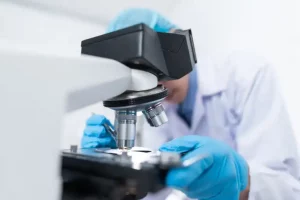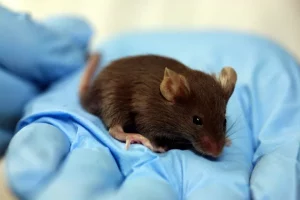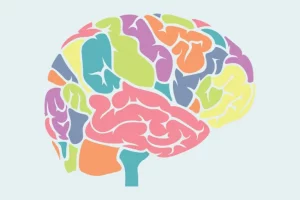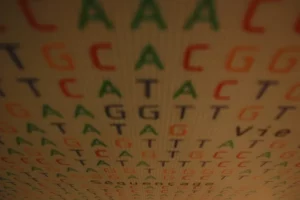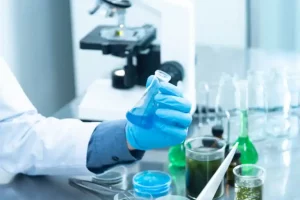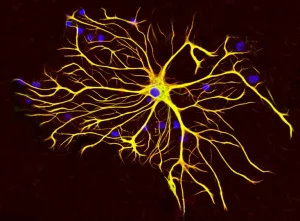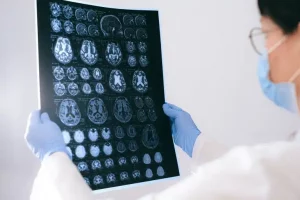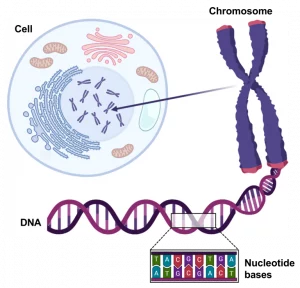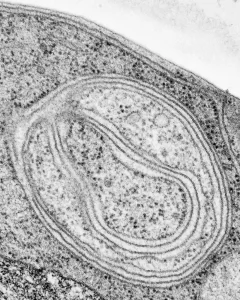
Results of the RISCA study: gaining a better understanding of how ataxia symptoms first appear in at-risk patients
Written By Dr. David Bushart Edited by Celeste Suart The RISCA study will help researchers design smarter, more efficient clinical trials by teaching us about the very early stages of SCA Ataxia research has grown significantly in recent years. Although much work still remains, we are gaining a better understanding Read More…


